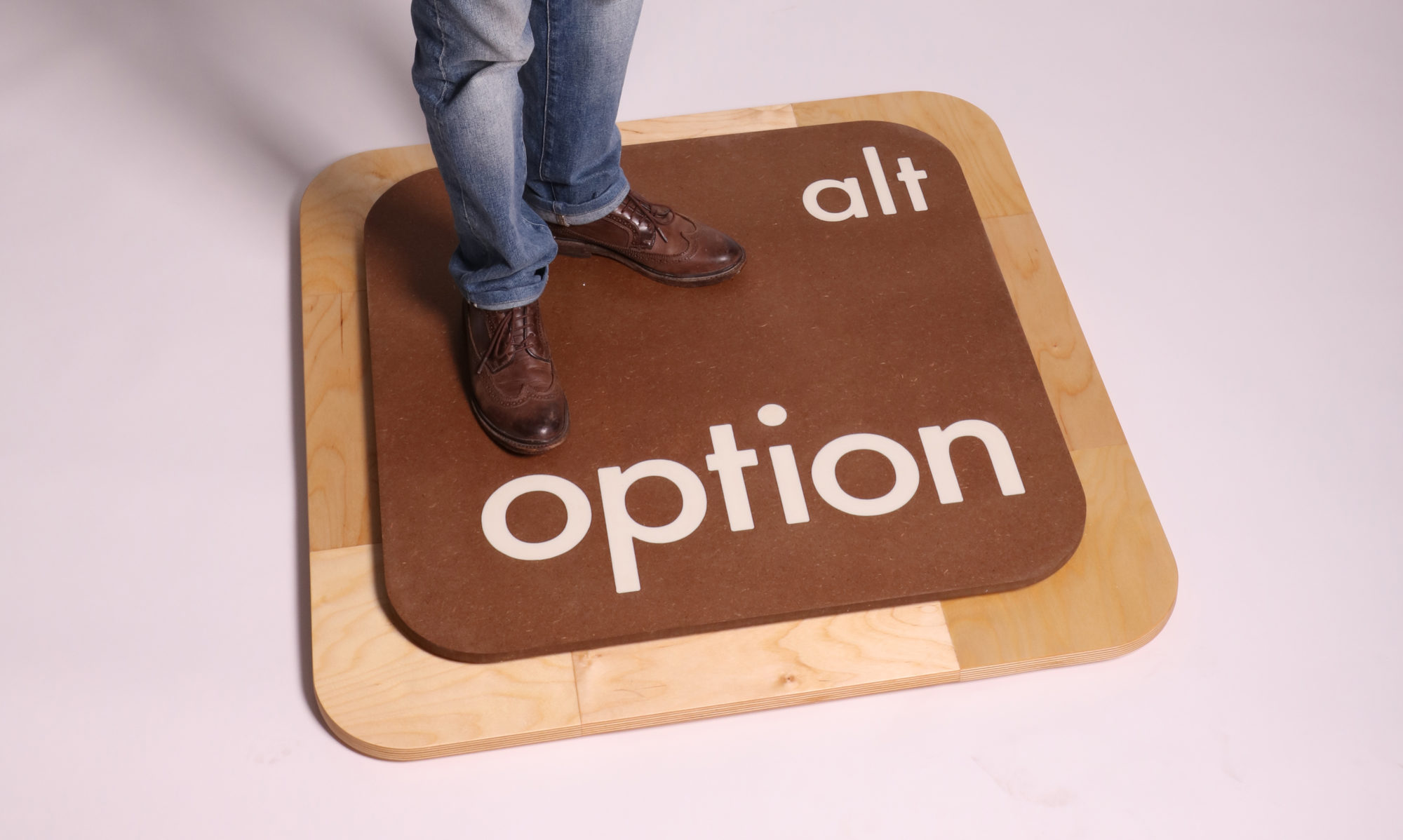1. What are the challenges a team faces when working on an educational game?
A team working on an educational game faces several challenges, including:
- Balancing educational content with engaging gameplay: It can be difficult to ensure that the game is both fun and educational, without one aspect overshadowing the other.
- Aligning different perspectives: Team members may have differing views on what makes the game effective in terms of pedagogy, design, and scientific accuracy.
- Making the game accessible and appropriate for the target audience: Ensuring that the game caters to the right age group and learning styles is a key challenge.
- Integrating game mechanics with learning objectives: Ensuring that the game mechanics support the learning goals without being too forced or distracting can be tough.
2. In the case study, team members vetoed each other’s game ideas. What were the scientist’s, pedagogy expert’s, and designer’s issues?
- Scientist’s Issues: The scientist was concerned with the game’s scientific accuracy and how the content would represent the real-world scientific principles. They wanted to ensure that the educational material was correct and meaningful.
- Pedagogy Expert’s Issues: The pedagogy expert was focused on the learning experience. They wanted to ensure the game promoted the right learning outcomes, like critical thinking or problem-solving, and was aligned with sound educational principles.
- Designer’s Issues: The designer wanted to ensure the game was visually appealing and engaging while balancing these other elements. They were focused on the game’s playability, interface, and how fun and interactive the experience would be for players.
3. What did the team learn from play testing their prototypes?
The team learned several important lessons from playtesting:
- Player feedback helps reveal issues: Playtesting allowed the team to see how actual players interacted with the game, helping identify aspects that weren’t as effective or enjoyable as planned.
- Misalignments in objectives: Playtesting revealed that different team members had different priorities for the game, which highlighted the need for better communication and alignment on learning goals and game mechanics.
- Balancing learning and play: They discovered that it was difficult to maintain a balance between making the game fun and educational, and playtesting helped them understand how to adjust gameplay to meet both goals more effectively.
4. How does play testing resolve conflicts among team members?
Playtesting helps resolve conflicts by providing objective data and real-player insights, which allow the team to see what is and isn’t working in practice. It serves as a neutral ground where differing opinions about design, pedagogy, and scientific content can be tested against actual user behavior, helping to identify where compromises are needed. By seeing how players respond to the game, team members can better understand each other’s perspectives and adjust their contributions to create a more cohesive, effective final product.
